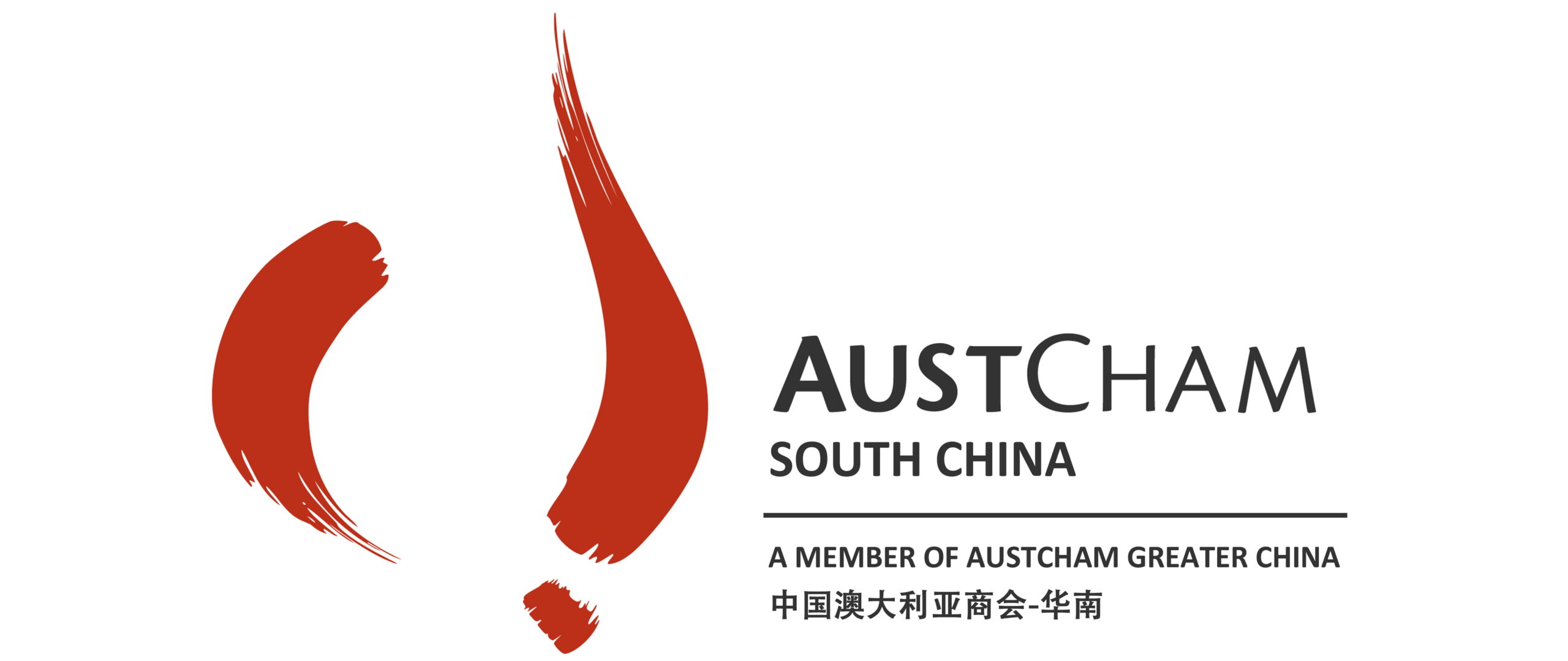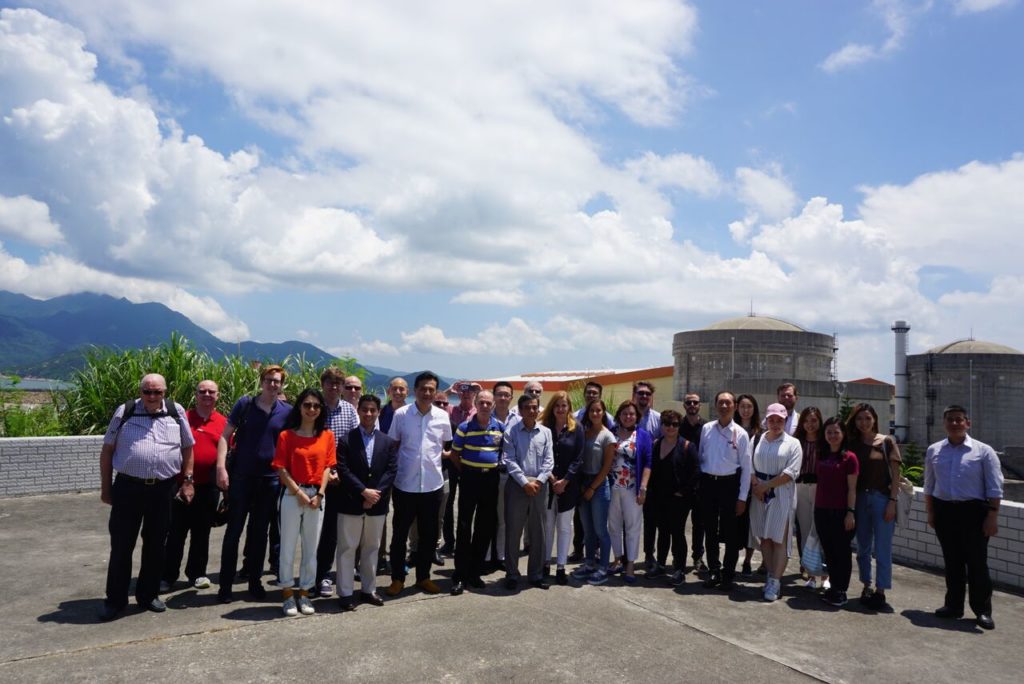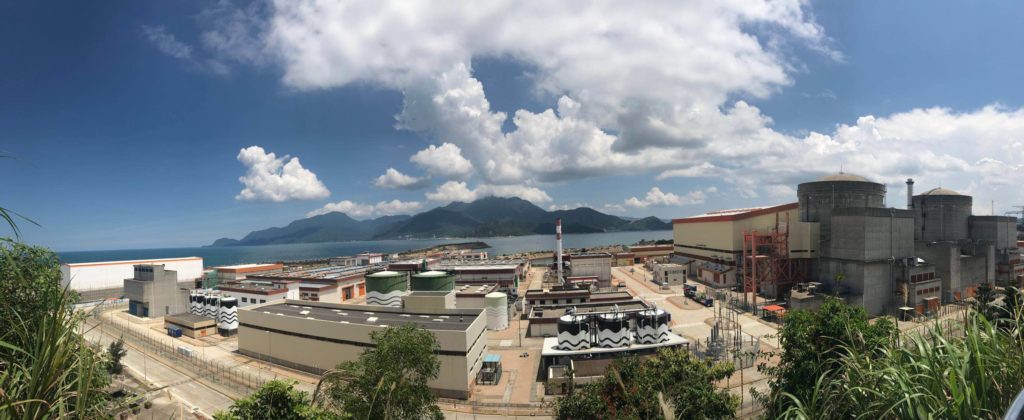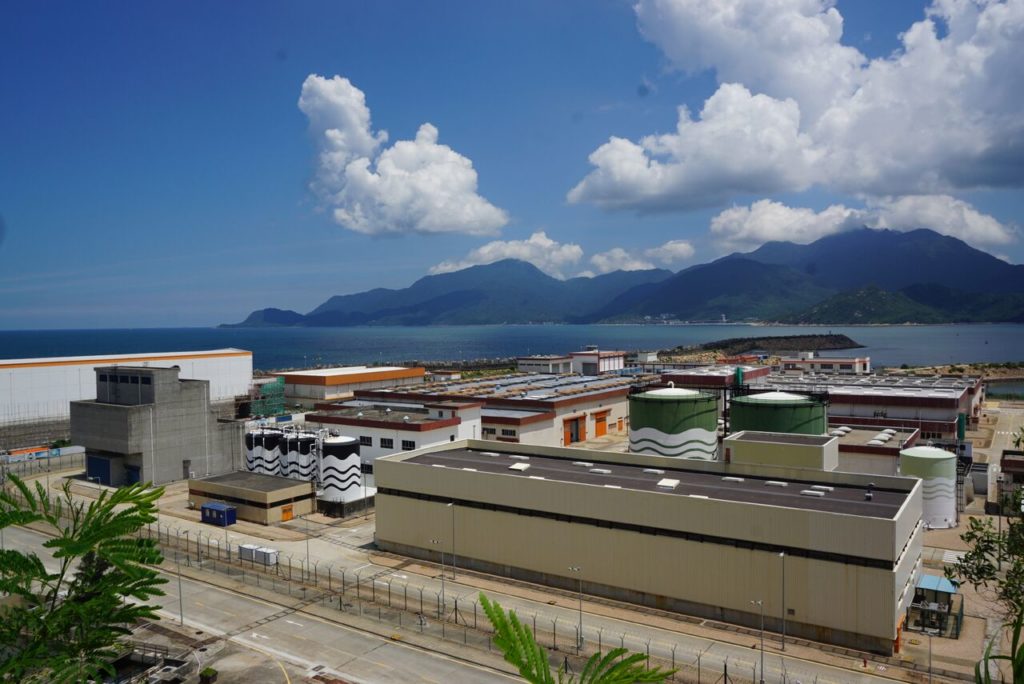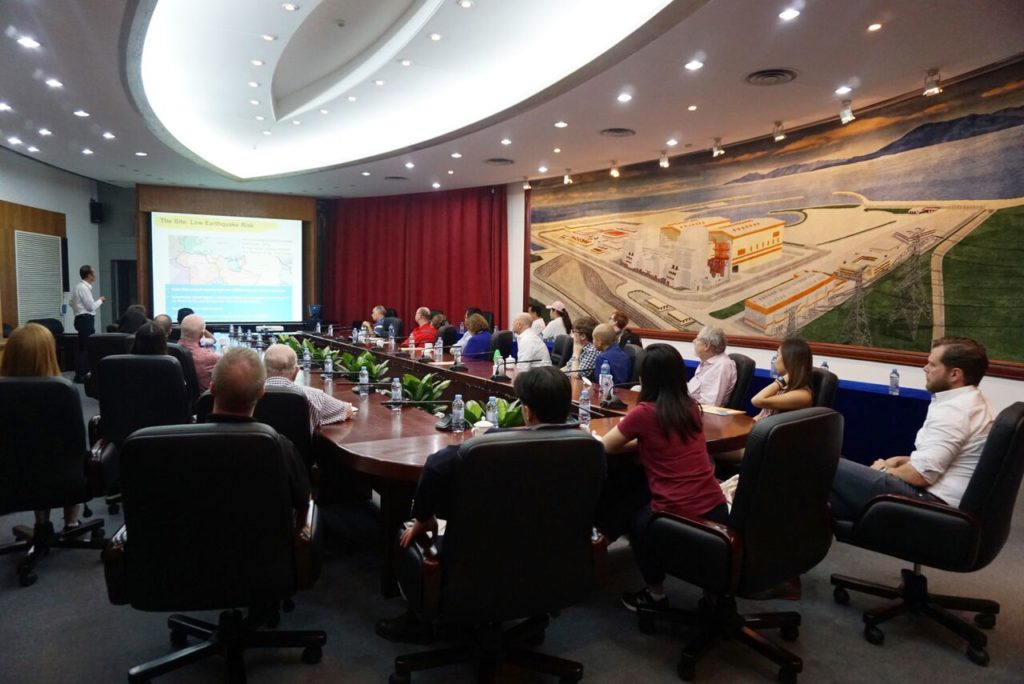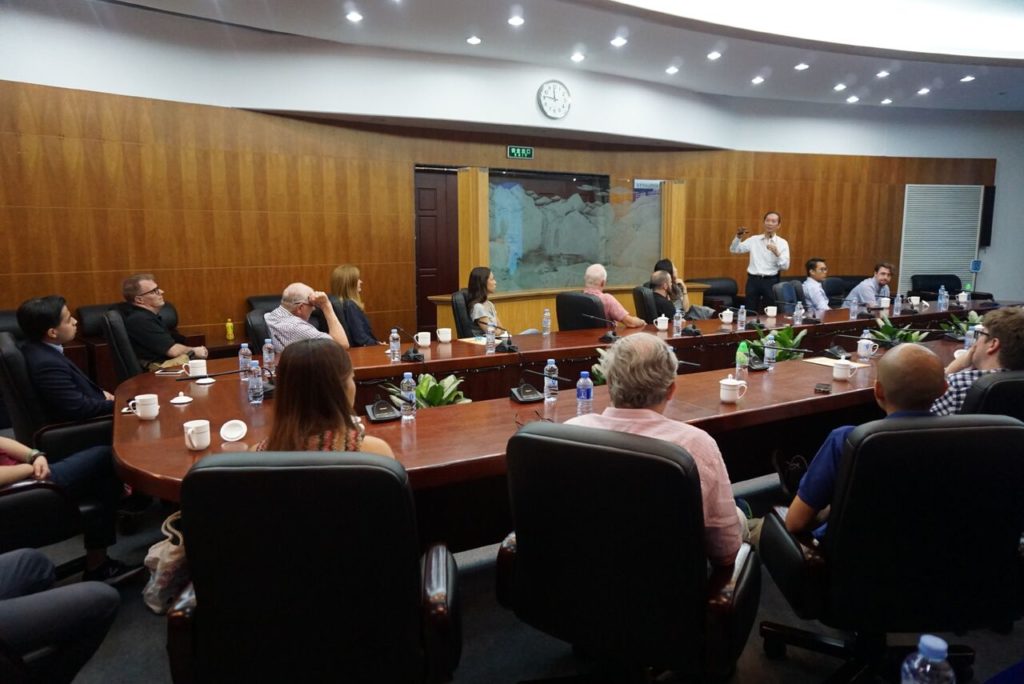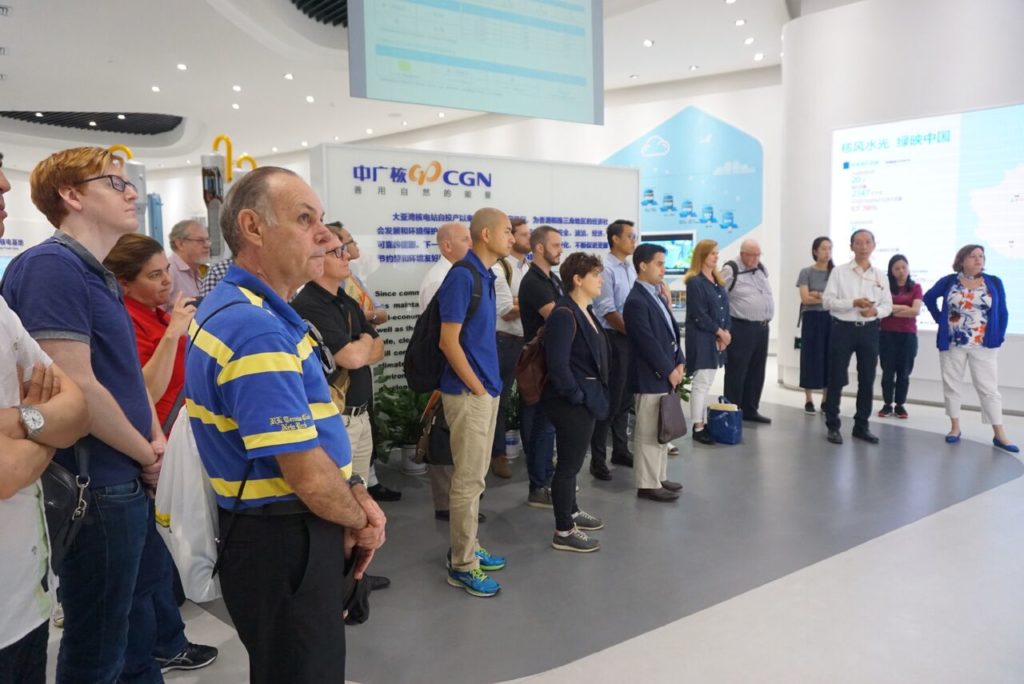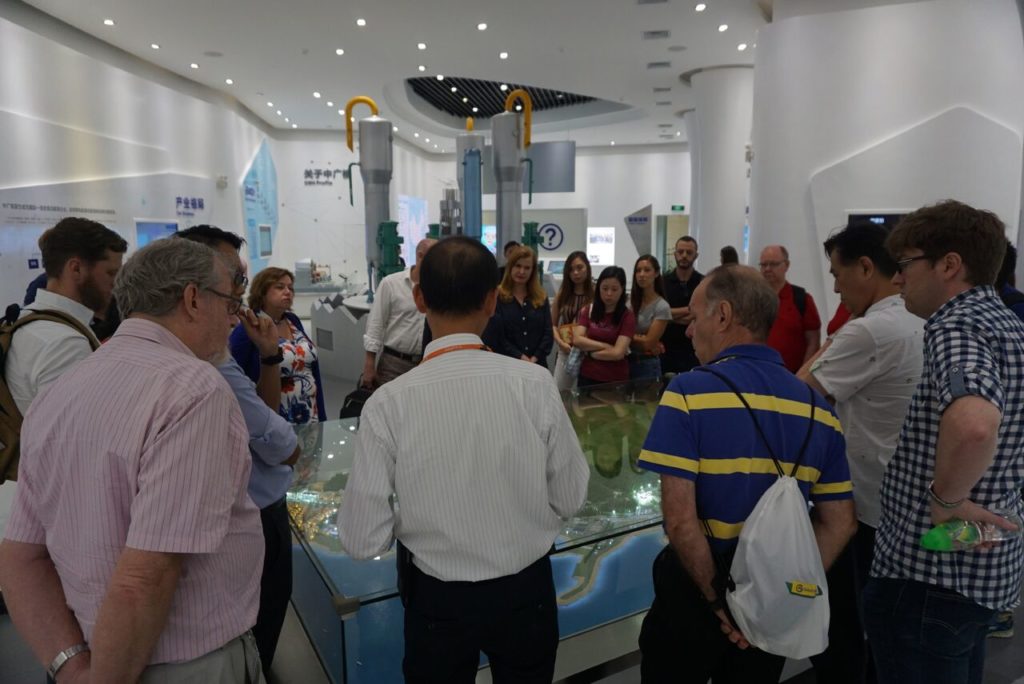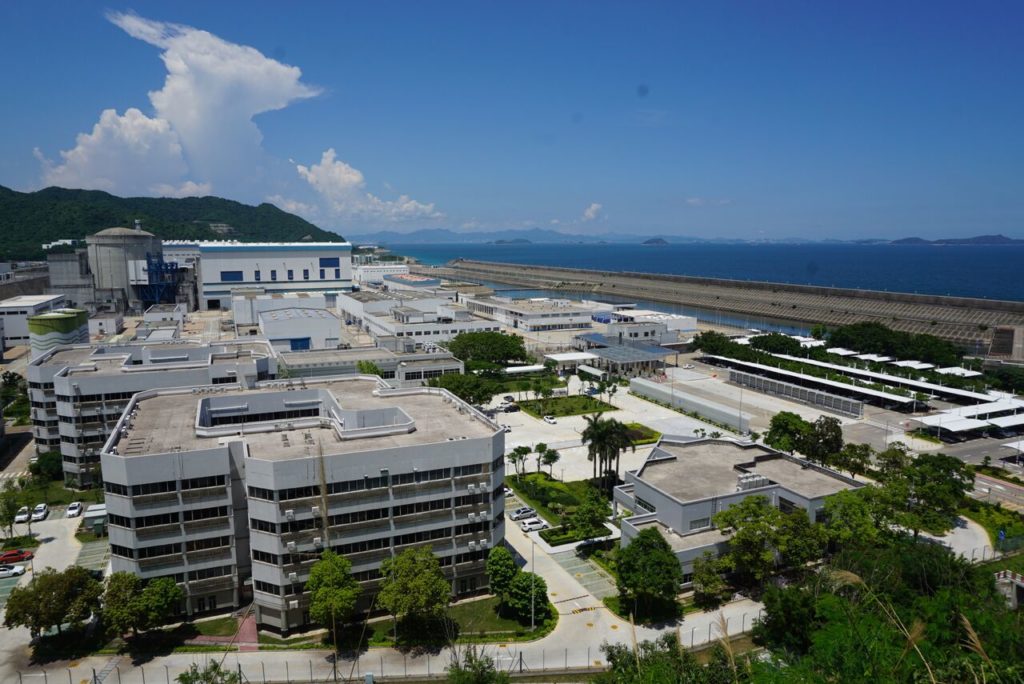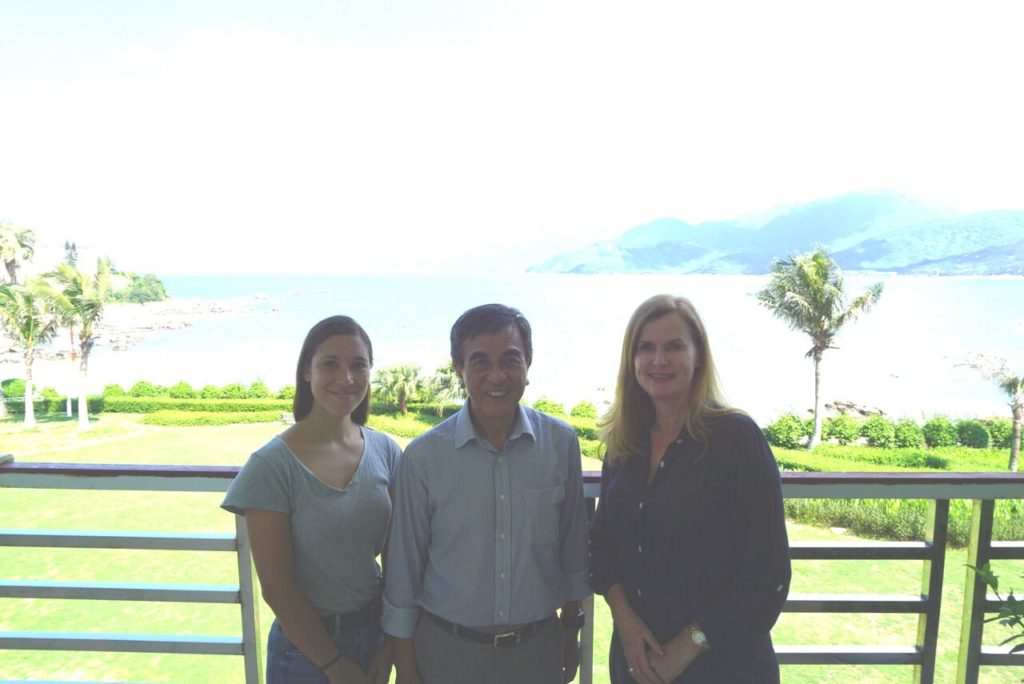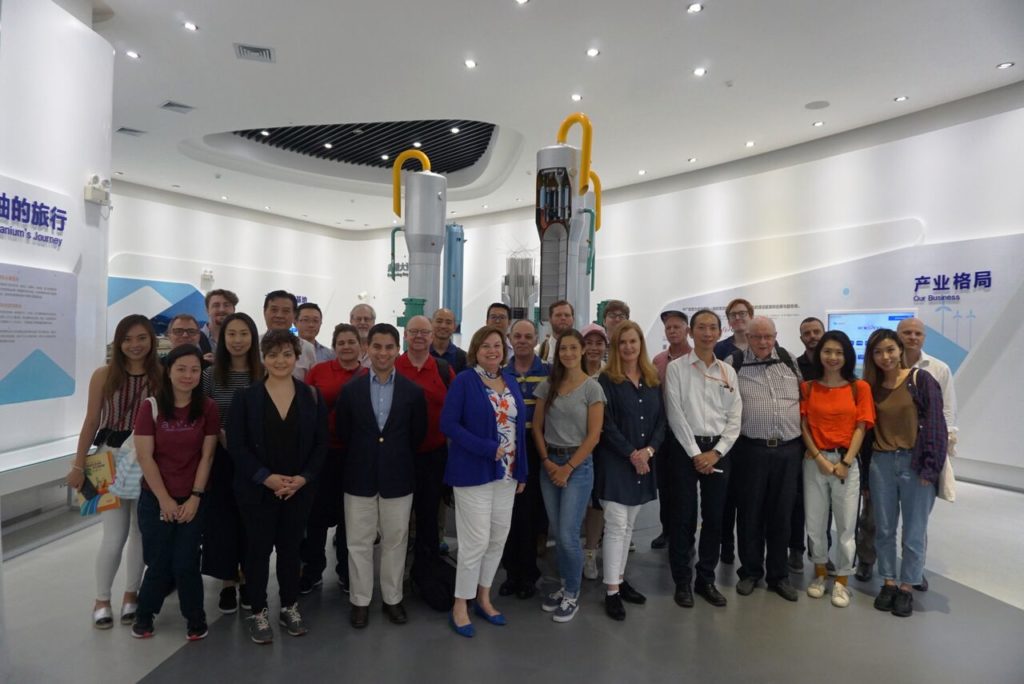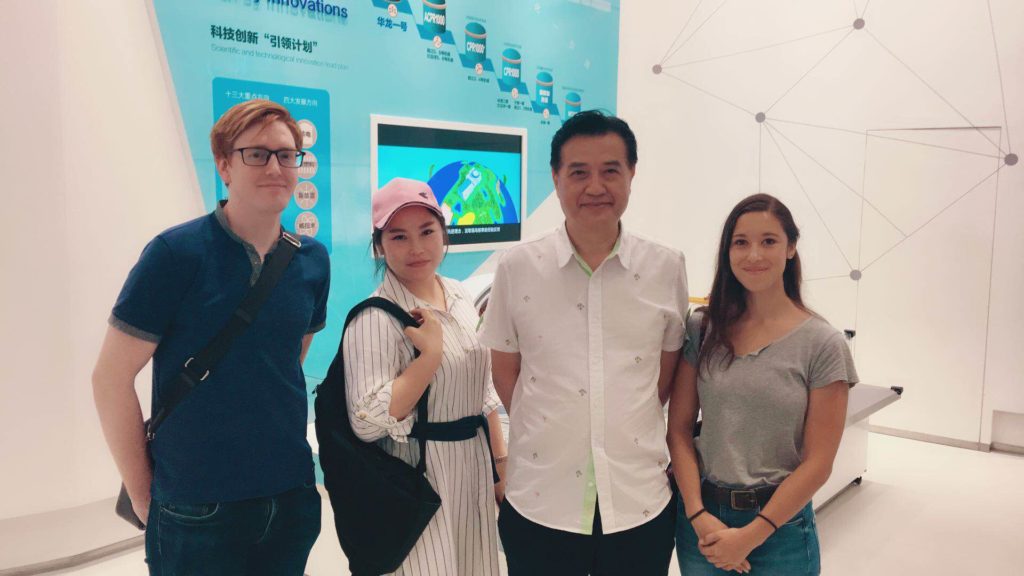
- This event has passed.
Site Visit to Daya Bay Nuclear Power Station
06-27-18
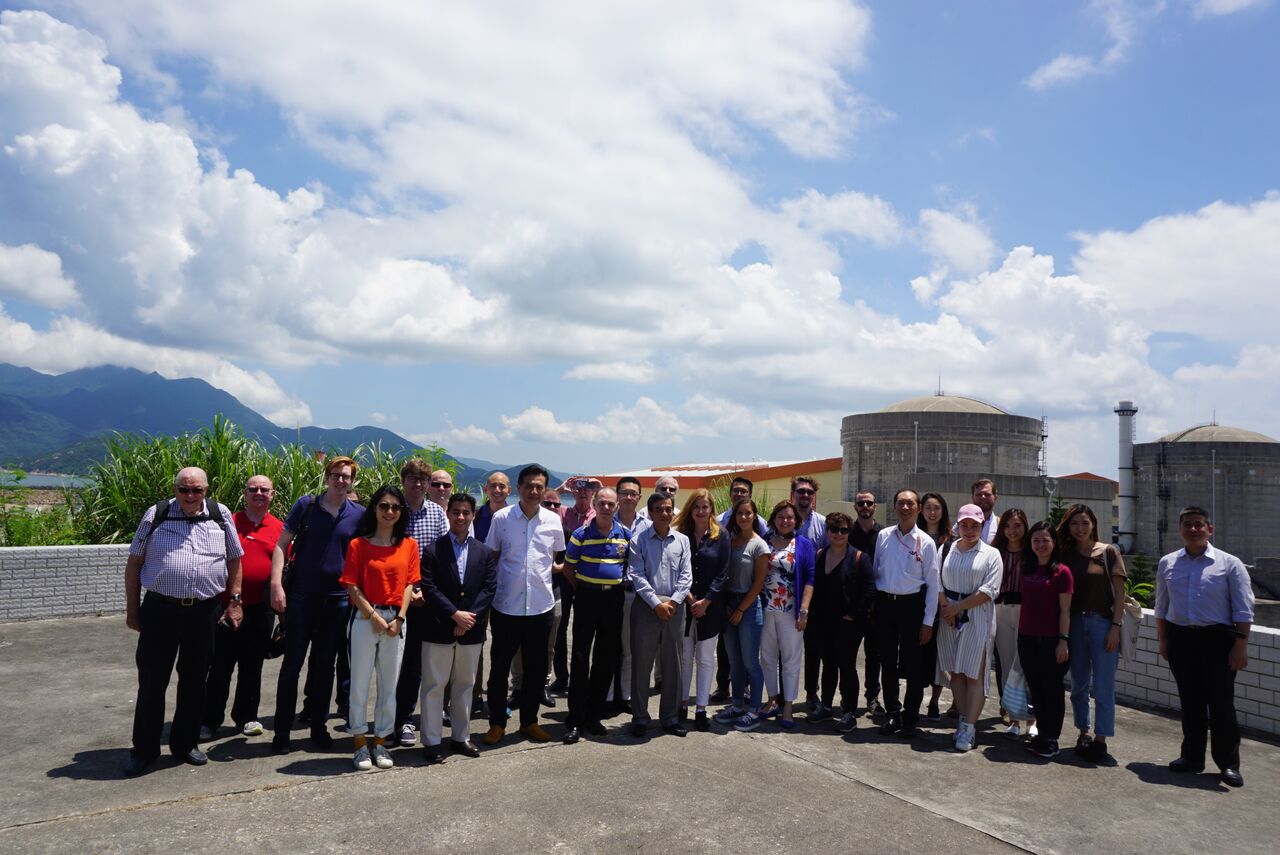
Last Wednesday AustCham South China joined AustCham Hong Kong & Macao for the first Australian delegation to Daya Bay Nuclear Power Plant as part of their joint Greater Bay Area committee initiative. The Daya Bay nuclear power plant has been a commercial provider of power since 1994, with two neighbouring nuclear power plants opening since. The tour, led by CLP Nuclear Investment Co. was an interactive examination at the technology, the business, and the future for nuclear power in China.
As Australia has strong links to the energy sector, and is one of the top exporters of uranium in the world, this tour was relevant and insightful. Outside of the energy sector, Daya Bay also marks a symbolic representation of what the Greater Bay Area can achieve for international trade in the region, with Daya Bay providing 25% of Hong Kong’s total power, and it’s total output being split 80% to Hong Kong and 20% to the Greater Guangdong Area.
The tour began with a presentation by CLP’s Mr. Lee, on the mechanics of Daya Bay’s nuclear reactor and the safety processes that CLP incorporate into their company culture to ensure all risk is mitigated. Mr. Lee also examined the different types of energy and acknowledged the ‘energy trilemma’, with nuclear power’s including spent fuel, decommissioning, and cost. The majority of the presentation went to great lengths to effectively educate attendees on what a nuclear reactor does to activated and enriched uranium in order to produce energy. That, coupled with explanation of the stringent safety protocols, made it clear that nuclear is a good alternative to coal generated energy.
After the presentation and showroom viewing, the delegation was taken to the control room simulator, where the control operators of the nuclear power plant train and enact emergency scenarios. The control room was an extensive colourful range of control boards and switches, with an analog breakdown of the active elements of the plant overhanging the controls, to easily identify and isolate problems. The operators generally have around 10 years of training and finish with a qualification to operate a certain power plant, meaning this training isn’t completely transferable. The operators also spend most of their time in observation mode, with accidents in such rare occurance, the power plant must invest in ongoing active training.
The delegation tour was finished with a trip to the viewing platform, where delegates could see the Daya Bay power plant and it’s neighbouring plants in their entirety. It was great to firstly absorb the theoretical knowledge and then see the plants in operation, understanding the processes occurring beneath the thick barriers of the reactor and where the lines would take the generated power.
Guests enjoyed an extensive lunch and got time to ask specific questions and interact with each other before the South China and Hong Kong & Macau attendees split to return to their respective cities. We would like to thank AustCham Hong Kong & Macau for the invitation, CLP for the presentations and wonderful hospitality, and our attendees for joining us on this unusual and insightful site visit.
Our Guest Alain Joyal, Director of Strategy and Development at Ocean Nuclear also wrote this insightful review, which can be found here.
